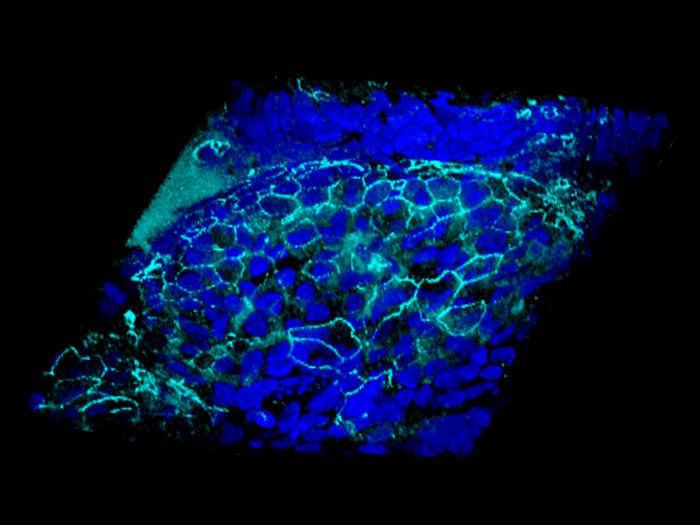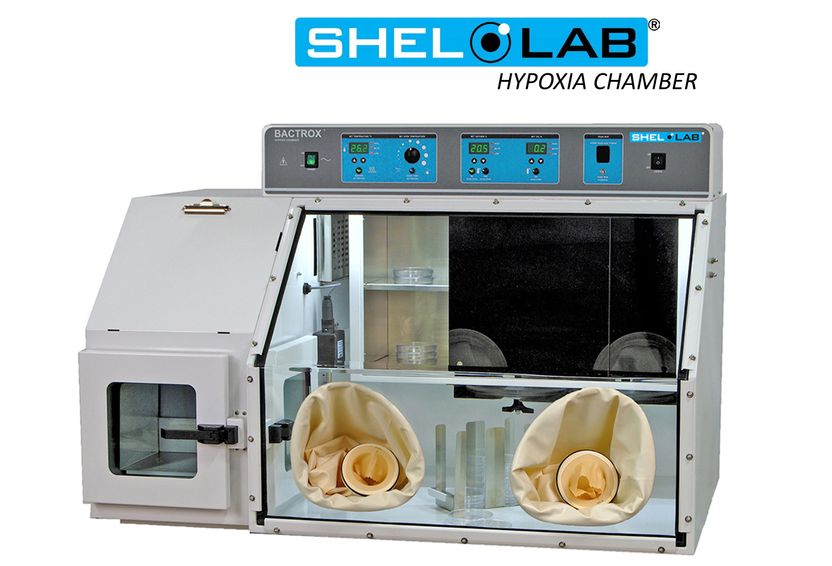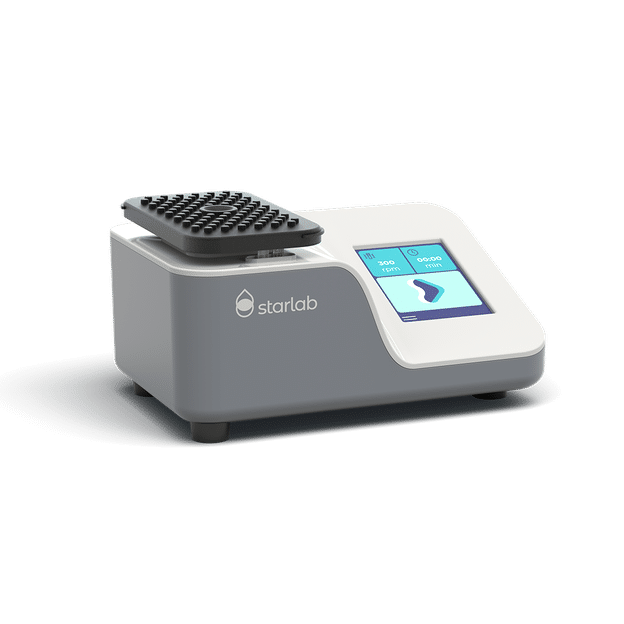When the car prevents strokes
Intelligent car recognises cardiovascular diseases
Around 270,000 people in Germany suffer a stroke every year. One in five of those affected dies within the first few weeks after having suffered a stroke. To prevent a stroke, it is important to recognise the symptoms early and reduce risk factors. But what if the risk of cardiovascular disease could be detected while driving? The Peter L. Reichertz Institute for Medical Informatics (PLRI) at TU Braunschweig and Hannover Medical School are researching this possibility. The scientists will be demonstrating how a vehicle interior can be turned into a medical diagnostic room at “Medica”, the medical technology trade fair taking place in Düsseldorf from 11 to 14 November. They will be presenting their SmartCar there.

The PLRI’s SmartCar is equipped with integrated sensors for ECG, heart rate and respiratory rate, which passively and continuously monitor health while driving.
PLRI/TU Braunschweig
On average, people spend about 43 minutes a day in a car. “Therefore, it makes sense to integrate medical examinations into our daily mobility,” says Professor Thomas Deserno of Peter L. Reichertz Institute for Medical Informatics (PLRI). “The integration of continuous health monitoring holds great potential for the early detection of diseases.” Automotive Health, i.e. the linking of health services with the car, can, for example, detect diabetes, critical heart rates, incipient cardiovascular disease or fatigue while driving. “It’s new and unusual to present a car at a medical technology fair, but it’s also only logical to present our SmartCar as a product for healthcare,” says Professor Deserno. Together with Innovation Institute in Frankfurt am Main, the PLRI will be presenting the SmartCar at “Medica” in Düsseldorf.
Steering wheel and seatbelt sensors
But how exactly does in-car monitoring work? The PLRI SmartCar is equipped with integrated sensors for ECG, heart rate and respiratory rate that passively and continuously monitor health while driving, without affecting the driver. For example, sensors are integrated into the steering wheel to record an ECG via the hands. Heart sounds are detected in the seatbelt. A camera in the interior focuses on the driver’s face to calculate the heartbeat and breathing rate. A temperature sensor in the seat additionally measures the body temperature. This allows all important vital parameters to be collected. The recorded data is combined and analysed by a neural network using sensor data fusion.
An individual patient profile can be created by taking measurements over a longer period of time. Small but continuous changes in this personal health profile, such as more frequent or longer irregular heartbeats (atrial fibrillation), can be detected early. A good third of all strokes are caused by atrial fibrillation and could potentially be prevented with the PLRI SmartCar.
The advantage of taking measurements in the car is that the data is collected at different times of the day, which tend to show a certain regularity. For example, the journey to and from work or shopping trips.
The car as a diagnostic room
The plan is to receive an evaluation of the data by email on the evening of the trip and to point out any anomalies that might require a visit to the doctor. Drivers will not be disturbed or distracted by the emergency system while driving.
“Our aim is to detect changes in trends and abnormalities at an early stage and thus have a preventive effect,” says Professor Deserno. The “Car as Diagnostic Space” (CarDS) project, funded by German Research Foundation (DFG) in collaboration with the Institute of Automotive Engineering at TU Braunschweig, also aims to find out what percentage of driving time is suitable for reliable heart rate analysis. This will enable the scientists to determine whether it is possible to use driving time for an accurate heart rate analysis.
With the SmartCar, the PLRI is demonstrating how in-car health monitoring could significantly reduce the risk of serious cardiovascular disease and how vehicles of the future could become an indispensable part of preventive health promotion.





























































